In November this year we were back in Tanzania, on the famous 'Northern Circuit', comprising Arusha, Tarangire National Park, Nogorongoro Crater, Ndutu and the Serengeti. And it sure lived up to expectations! Easily the most impressive safari destination we visit, in terms of sheer scale and numbers of animals. Seeing huge numbers of animals in giant landscapes is an incredible experience. Add in some great birding 'on the side', wonderful accommodation (as...
Safari Trip Report: Tanzania's Northern Circuit.

In November we hosted seven clients on our inaugural 'Tanzania's Northern Circuit' Safari. It was an untested itinerary, set up during the dark days of the global lockdown, so it was definitely a pioneering tour for us, but it's really hard to go horribly wrong when dealing with one of Africa's top wildlife destinations, right?
And as it turned out, it was a roaring success. The itinerary was solid (though we are changing it slightly for 2023 and beyond to make it even better), our local guides Wilfred and Arnold were both excellent in every way, the two stretched Land-Cruiser safari vehicles were also excellent, the accommodations proved to be wonderful, and of course the game viewing was just incredible. Indeed, it was one of the highlights of 2022, and we're looking forward to returning again soon!
Read more about it and see some images in this safari trip report!
Tanzania Safari Trip Report
Download the PDF trip report here.
Day 0: Arusha
The safari started in Arusha, with a flight into Kilimanjaro Airport. We had arrived a day early to settle in, and so had a chance to visit Arusha National Park, which was very close to the country inn we were staying at. One of the highlights of the park (and the gardens of the inn) were the spectacular Black-and-White Colobus Monkeys - hard to photograph but oh, so amazing to see! Other species seen included Mitis Monkey (also referred to as Blue or Syke's Monkey), Suni, Kirk's Dik-dik, and a whole range of more typical savanna species. Plus of course some great birds, such as Silvery-cheeked Hornbill, African Crowned Eagle and Pygmy Kingfisher. All in all, a great start to our Tanzanian adventure.
 Above: Black-and-White Colobus, Arusha.
Above: Black-and-White Colobus, Arusha.
Day 1: Arusha.
The 1st November was the official start of the safari, and we all (bar two participants who were only arriving on the 2nd) gathered at Kahawa House on the outskirts of Arusha, the idea being to all be in one place before we set off on the morning of the 2nd. Most people had come in a couple of days early however, some staying in Arusha, others in Nairobi, so as it turned out this day was a little superfluous, though with Dave and Fran only arriving on the morning of departure for Tarangire, it was a necessity in any event. However, for the future, we'll include two nights at Rivertrees Country Inn, which gives us a 'buffer day' in case of serious flight delays and allows those who are up for it a chance to visit Arusha National Park, which is well worth it.
Days 2 & 3: Tarangire National Park.
The official start of the safari! Today we left Arusha and made our way to Lake Burunge Tented Camp, located close to the lake and to the national park. After settling in we had lunch, during which a large herd of Elephants came down to drink at the camp waterhole, and then we set off for an afternoon in Tarangire National Park. The park is close to 5000 square kilometers in size, and is well known for Elephants, Baobab trees and large numbers of animals congregating in the marshy areas during the dry season. And boy, it didn't disappoint! On the first afternoon we saw our first Cheetah, one of many as it would turn out, and on the following day, we were amazed by the huge numbers of plains game - mainly Zebra and Wildebeest (this eastern race being almost silvery in colour) as well as Impala, Bohor Reedbuck, Gazelles, Warthogs and phenomenal numbers of birds (mainly Great White Pelicans, various Storks, Herons, Vultures etc.) - it was a true phenomenon, and an introduction to the sheer scale and large mammal biomass that makes Tanzania such a fantastic wildlife destination. We also saw our first Lions, two of which were resting up in a large Tree Euphorbia, not looking too comfortable!

Above: Wildebeest and birds along the marsh.
Days 4 & 5: Ngorongoro Crater.
Leaving Lake Burunge after breakfast and a morning camp birding session (with a herd of Elephant bulls in the camp!), we made our way to Ngorongoro Farmhouse, situated close to the Ngorongoro Conservation Area (NCA) gate. On our full day we embarked upon a day trip into the crater, a 'bucket list' moment for all members of the group! And it sure lived up to expectations. The views from the crater rim were simply incredible. The descent into the crater was almost surreal. And the game viewing was just amazing - at least two prides of Lions, Caracal, Serval, Golden Jackal, Elephants, Buffalo, Hippo's, multitudes of plains game, plus some amazing birds, not the least of which were flocks of several hundred Grey Crowned Cranes occupying the marshy areas. Needless to say there were a few photos taken... In the late afternoon we arrived back at the farmhouse for some rest and garden birding before dinner.
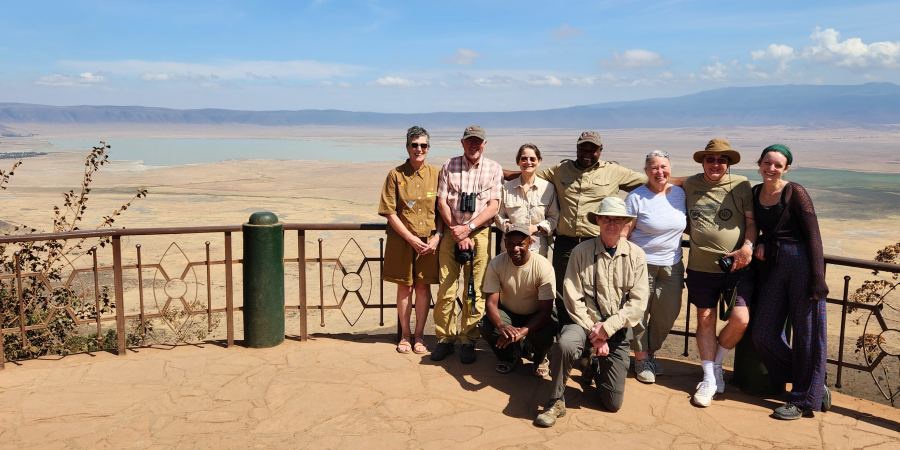
Above: Safari participants and local guides Wilfred and Arnold, at one of the crater view sites.
Days 6 & 7: Ndutu.
After leaving Ngorongoro Farmhouse we skirted the crater once again as we made our way to our next stop, Ndutu, which is part of the NCA, situated to the west of the crater on the border with the Serengeti. The area was very dry, with the 'short rains' yet to materialize, and as such the numbers of general game were relatively low. The predators were still around however, and the fact that Ndutu is not as popular as the Serengeti, and the allowance of off road driving, made for a wonderful overall experience. We arrived at Ndutu Safari Lodge in time for lunch, and then did an afternoon drive, the highlight of which was a female Cheetah and her three well-grown cubs, which we watched as they rose from their afternoon slumber and headed off on a hunt. Two of the cubs spotted a Reedbuck in the reeds and set off in pursuit, but the antelope had way too much of a head start to make it viable. Good practice for the cubs though! A great sighting it was, and in the twilight, we headed back to camp before meeting for drinks and dinner, during which we had great views of the resident pair of Genets sitting in the rafters almost above the table. On our full day we were out early, and saw numerous Lions, a different Cheetah female (with one cub) which had just brought down an adult male Impala and were beginning to feed, and had brief views of Leopard while we were having our picnic breakfast. Plus of course all the other sights - the Famlingos on Lake Ndutu, a Striped Hyena at dusk, numerous antelope species, birds galore... And then there was the fantastic birding and bird photography at the little bird bath in the camp to keep us occupied between drives.

Above: female Cheetah and single cub with fresh Impala kill.
Days 8 - 10: The Serengeti.
After a wonderful experience at Ndutu we made our way into the Serengeti, where we were to be based at Kati Kati Tented Camp in the Seronera area, Central Serengeti. The Serengeti was much greener than Ndutu, and plains game were present in big numbers, which were growing every day with the arrival of migrating Zebra and Wildebeest. We had four nights in the area, essentially giving us four full days plus a morning on the day of departure. And boy, was there a lot to see! A large pride of Lions (with a number of small cubs) were camped along the Seronera River, providing many good sightings - including the take down of a Buffalo cow. Indeed, Lions were so plentiful that most of the group were happy to just bypass them, unless they were moving or doing somehting interesting. We also had a fantastic sighting of a female Cheetah bringing down a Thompson's Gazelle and then calling out her two cubs to come and feed (and eventually being shoo-ed away by an Elephant bull). We had great views of a Leopard lounging on one of the koppies (rock outcrops) that dot the plains. We saw Elephants, Giraffe, Buffalo, Topi, Grant's and Thompson's Gazelles, Bohor Reedbuck, Warthogs, Olive Baboons, Serval, Black-backed Jackals, Spotted Hyenas, and of course the huge numbers of Common Wildebeest and Plains Zebra, a couple of herds of which trekked right through our camp on their way to the Seronera River. Then there were plenty of birds of all shapes and sizes to keep us birders occupied... Just incredible in every respect. However, with the Serengeti, as one of Africa's most famous wildlife areas, come the crowds - one can't get away from that fact (even though we weren't there in peak season). Our local guides, Wilfred and Arnold, knew where to go to get away from the worst of it (for example, we had the Leopard on the rock all to ourselves for quite while, eventually one other vehicle joined us), but it's still something one has to put up with. To this end, as Ndutu is much quieter, were changing to 3 nights Ndutu and 3 nights Serengeti, as opposed to 2 and 4 for the 2023 itinerary (as voted by 6 out of 7 participants).

Above: Lioness and cubs along the Seronera River.
Day 11: Departure.
On the last day of the tour we had an early breakfast in camp, then bid farewell to the wonderful camp staff (who had really gone out of their way to accommodate us), and had a long morning game drive before arriving at the air strip for our departure flights (David and Margy flying on to the Masai mara in Kenya, the rest of us flying on to Arusha, with final views of Ngorongoro Crater from the air). At Kilimanjaro Airport we all parted ways, after a truly wonderful safari experience.
Top Mammals seen:
Cheetah, Lion, Leopard, Serval, Caracal, Common Genet, Striped Hyena, Golden Jackal, Black-backed Jackal, Dwarf Mongoose, Banded Mongoose, Rock Hyrax, Black-and-White Colobus, Mitis Monkey, African Elephant, African Buffalo, Hippopotamus, Masai Giraffe, Eland, Bohor Reedbuck, Kirk's Dik-dik, Coke's Hartebeest.
Top Birds seen:
African Crowned Eagle, Silvery-cheeked Hornbill, Bronze Sunbird, Bare-faced Go-away Bird, Southern Ground Hornbill, Von der Decken's Hornbill, Grey Crowned Crane, Fischer's Lovebird, Grey-breasted Spurfowl, Rufous-tailed Weaver, Grey-headed Silverbill, Yellow-throated Sandgrouse, Red-and-Yellow Barbet, Common Ostrich, Ruppell's Vulture, Kori Bustard, White-bellied Bustard, Grey-crested Helmet-Shrike.
Summary:
This was an incredible experience, enjoyed immensely by all participants. Tanzania certainly lives up to its name as one of (if not THE) top wildlife destinations in Africa. The itinerary was wonderful, but will be improved upon to make it even better for 2023 and beyond.
We'd like to thank the participants - Andy and Jane, Donna, Dave and Fran, David and Margy - for joining us on this safari; and local guides Wilfred and Arnold for their hard work and dedication that helped make this trip such a success.
Check out the gallery for more photos, and find out more about the 2024 Tanzania's Northern Circuit safari.
All photos by Leon Marais / Lawson's Safaris.
Further Reading
In August 2024, we ran the wildlife version of our Essential Namibia Safari series, and the 13-day tour once again showed off some of the best of Namibia. This safari comprises a Windhoek-to-Windhoek itinerary, covering Sossusvlei and the Namib Naukluft National Park; Swakopmund on the Atlantic Coast; the Twyfelfontein region of Damaraland; Etosha National Park; and the Erongo Conservancy. Plenty of diversity, amazing landscapes, loads of incredible animals, and some unique birds.......
Our Eastern South Africa Endemics birdwatching safari tour took place late last year, delivering a fantastic overall birding and wildlife experience, with over 400 birds species seen, as well as a decent number of mammals. Read the safari trip report below.








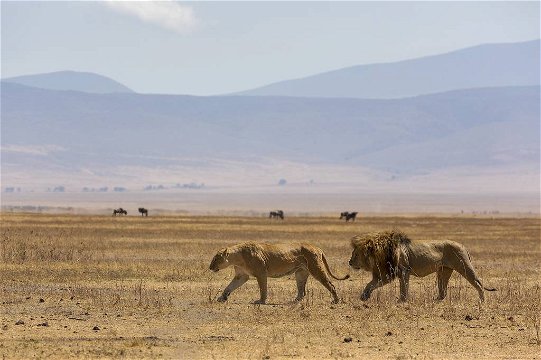
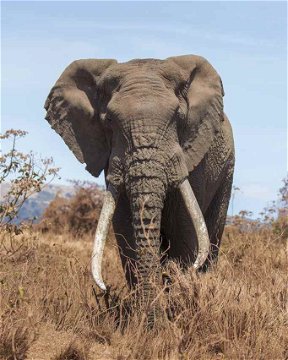
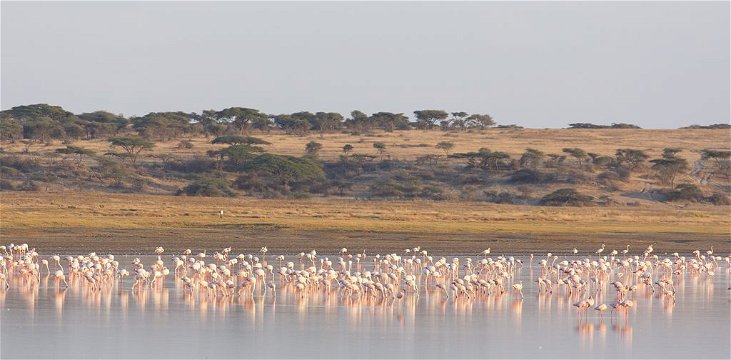
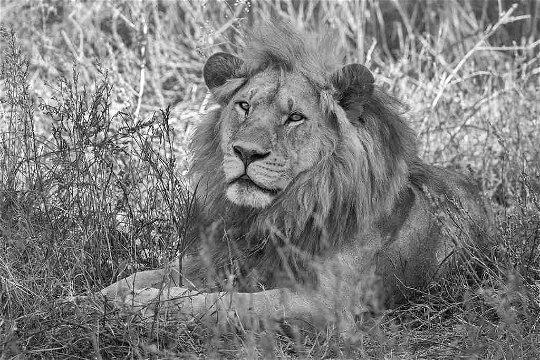


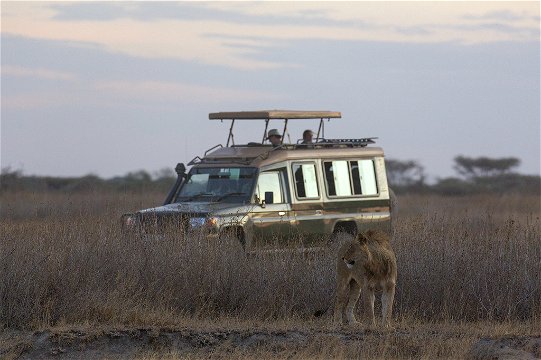
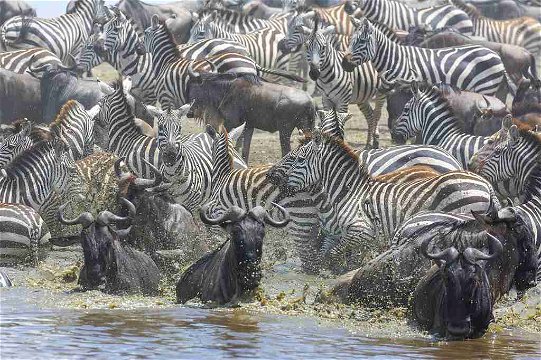











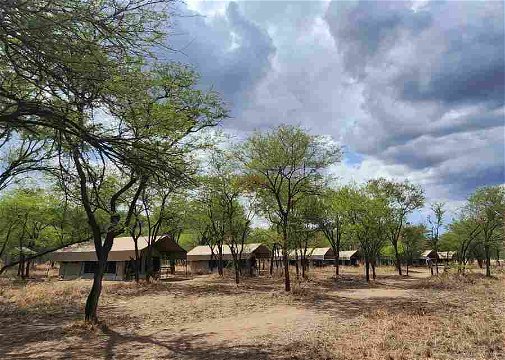
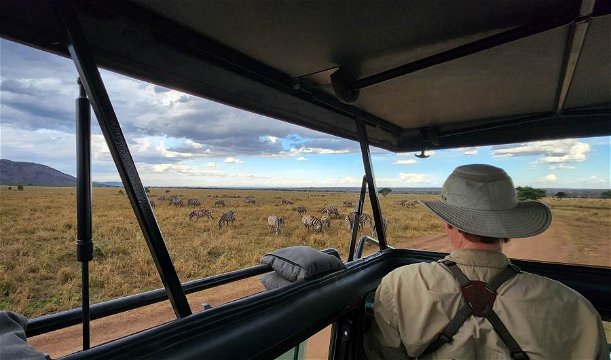


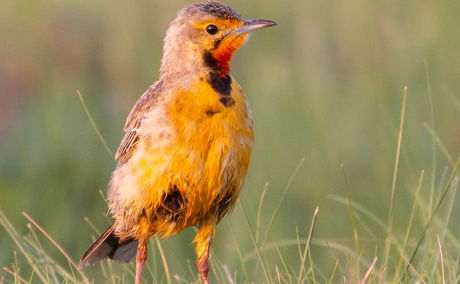
Share This Post